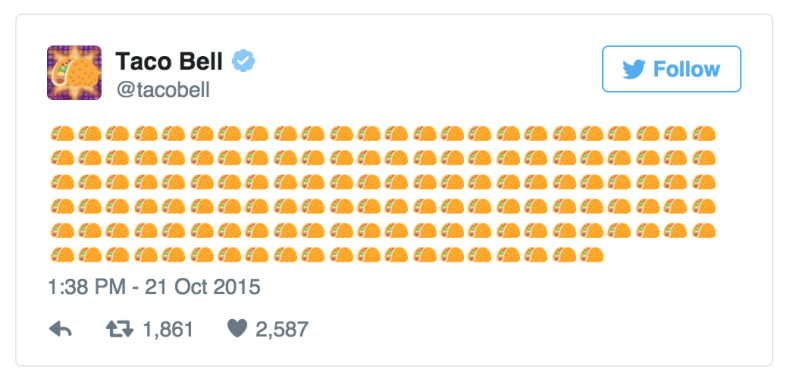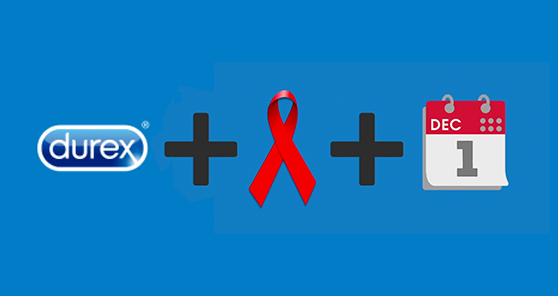Best Branded Content - The Rise of the Emoji
Posted in Insights
If you don’t adapt, you don’t survive. It’s a common notion that applies across, well, life in general. It’s also especially poignant in today’s creative landscape of branded content. Last month, we saw REI adapt in a way that actually better suited their audience.
This month, we explore how a brand that represents a taboo topic is adapting to a new form of communication—one that has evolved into popularity quite drastically in recent years, and ironically, has replaced words altogether.
*Wordless Messaging: The Rise of the Emoji
*

Oxford Dictionaries’ 2015 Word of the Year is no word at all; it’s an emoji. Use of these digital emotions has exploded over the past year; their popularity is on a steady incline so significant, that according to Adweek, 80% of 18- to 25-year-olds use emojis for basic communication. Once a featured keyboard smartphone users had to purposely add to their devices, emojis are now automatically upgraded along with your phone’s latest software.
Emojis are typically used as visual punctuation to better express the user’s intent and tone behind a message. In fact, they emerged from using actual punctuation to express feelings via "emoticons." But emoji's have now become a language of their own—no words necessary.
Brands are taking notice. And wanting in on your keyboard. Taco Bell started its own petition to get a taco emoji and received 25,000 signatures in three months. Then, in October 2015, when iOS 9.1 debuted a slew of new characters, the taco was among them.
 But the brand earning notice this month doesn’t sell tacos.
But the brand earning notice this month doesn’t sell tacos.
Durex is lobbying for its own condom emoji for “safer sexting” and to spread safe-sex awareness—aptly timed for World AIDS Day December 1. While the campaign itself to create the emoji has a sense of fun and creativity (check out the brand’s use-case recommendations, and watch the video here), it’s actually the intention behind it that makes Durex worth talking about.

The market space Durex owns doesn’t garner a lot of out-loud conversations among customers. So when you consider that most people who do a whole lot of communicating these days aren’t even literally speaking, it’s interesting to see how Durex has managed to find a tactful spot in this alternate universe of images that say more than words.
If a brand sells something people will eventually find themselves in need of, but don’t like talking about why they’ll need it, the company then needs to help their consumers feel comfortable enough to enable communication, which is what Durex hopes its condom emoji will do for users, in this new age of digital communication.

The company is not only timing its endeavors impeccably, but it’s also owning what it sells and all the strings attached by making the situation feel light yet essential. While its product is quite analog, its digital form makes total sense considering the current content environment.
So how is it that content without words can be so perfectly branded and express just enough to get the conversation started? Because branding comes down to emotions, whether written or drawn, physical or digital. Make that connection, and it’ll all make sense.